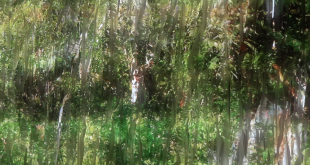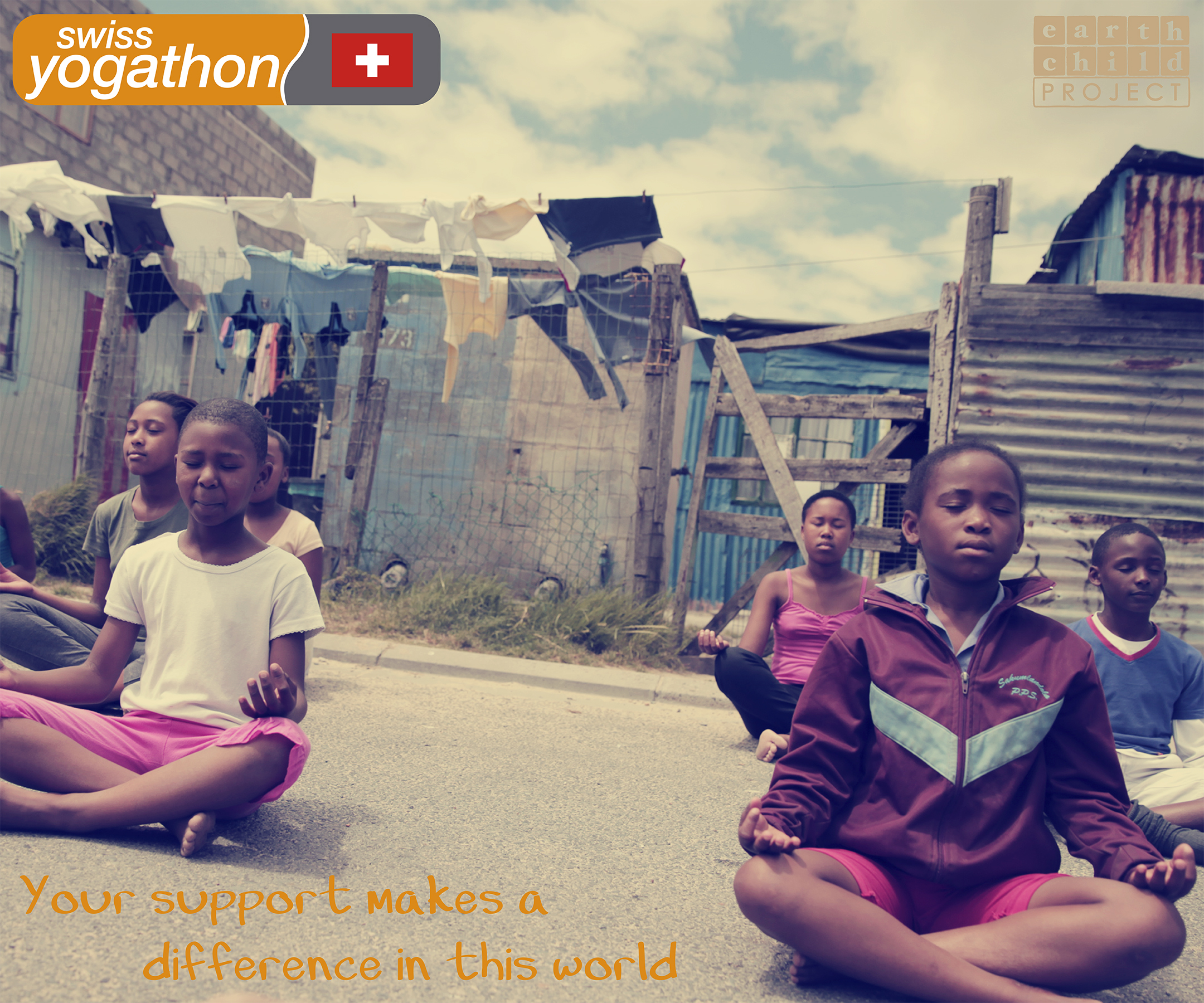Unlike the rational brain, emotions trigger a variety of instinctual attitudes and behaviours. Emotions play an important role in our daily lives. Fear is one such emotion that exists in all humans and animals. The purpose of FEAR is to promote survival. It is a vital response to physical and emotional danger, a creative process which subconsciously searches your mind for ways to escape.
Fear occurs as a response to something which is perceived as being dangerous, harmful or threatening. Although it is a negative and unpleasant emotion, it is also a very useful emotion, as the main purpose of fear is to alert your attention and prepare your body for a threat that could be potentially harmful.
The process of creating fear takes place in the brain and is entirely unconscious. Fear, triggered by the amygdala , is one of nature’s earliest survival mechanisms. On receiving fear signals from the amygdala, the hypothalamus is immediately activated producing the fight or flight response. The hypothalamus activates the sympathetic nervous system which sends out impulses telling the body to release adrenaline and the stress hormone cortisol into the bloodstream. This sudden flood of adrenaline and cortisol causes our heart rate and blood pressure to increase, our pupils dilate to let more light in, veins constrict to send more blood to major muscle groups (resulting in the ‘chill’ sometimes associated with fear), muscles tighten and systems in our body like our digestion and immune system shut down to allow the body more energy for emergency functions. The amygdala trigger a chain of events in our bodies, engulfing the mind in the fear emotion before the conscious mind can assess the situation.
There are other factors involved in fear beyond instinct. As humans we can sometimes anticipate terrible things that might happen or things we have heard about. Anticipating a fearful stimulus can provoke the same response as actually experiencing it. Without the actual experience of some events, people fear death, wars, terrorism, heights, the future or even threatened changes in their work environments. The inability to identify the significance of an event also triggers fear. Most common fears are carried into adulthood.
Traumas or bad experiences can also trigger a fear response. Over a lifetime, the amygdala stores memories of harmful events and sensitivity to painful experiences, for instance physical injury, loss of a loved one, painful confrontations or social rejection. A person’s fear of dogs may be a conditioned response to an unpleasant, painful experience of having been bitten as a child. Years later the brain may still associate the sight of a dog with the pain of a bite. If a person suffered trauma like being left alone as a child, they may fear loneliness.
Some studies show that humans might be genetically predisposed to fear certain things like the fear of falling, being suffocated in enclosed spaces, drowning, snakes or spiders.
There are also fears that are particular to individuals, communities or regions, for instance, someone living in an area prone to hurricanes will have more fear of hurricanes as opposed to someone living in an area prone to tornados. A person who grew up in a city will have more fear of urban violence or crime as opposed to a person who has grown up on a farm environment.
When we realise there is no actual threat or danger, our startle response subsides, however there are many people who struggle and suffer from mental illnesses that involve irrational fear responses. These disorders include anxiety disorder, post-traumatic stress disorder or panic disorder. Experiencing fear is a normal part of life, but living with chronic fear can be physically and emotionally debilitating. Children are also at risk of overactive fear as they are not always able to rationalise fears that are unfounded or unrealistic.
Future orientated fear is known as anxiety. While fear happens at the moment danger arises, anxiety is characterised by apprehension as we don’t know what is going to happen next and we have no control of the outcome.
Experiencing an alarm response when there is nothing to be afraid of is known as panic. It is an immediate physical response to unrealistic and irrational fears, having a huge effect on emotional and physical well-being. Many people are familiar with this type of fear and it is often accompanied by a phobia. A phobia is an intense, irrational and persistent fear that is not based on any sense of imminent danger.
The word is: Now ! live in the present and breathe. Yoga will protect you from the effects of fear. Concentrate on the present moment, the present sensations, be in the Now! That is meditation.






